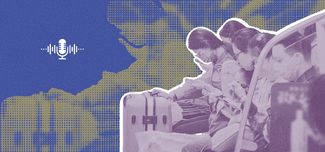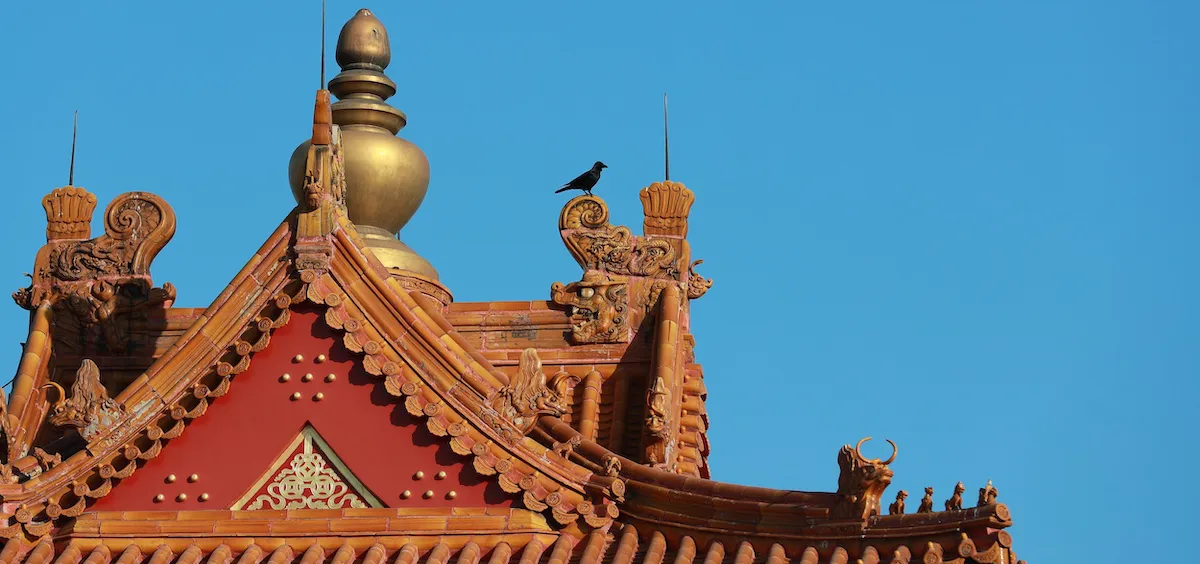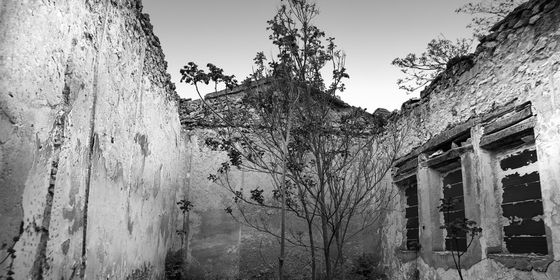A guide to the guardian animals that adorn the eaves of traditional Chinese buildings
Cats seem to have become official mascots of Beijing’s Forbidden City, which has developed merchandise and even a book series on the stray felines that live on its grounds. But should tourists gaze up to the roofs of the vast vermilion-and-gold complex, they will find the ancient palace’s original animal guardians: rows of ceramic beasts which stand watch over the ground below.
These adornments, known as “ridge beasts (脊兽)” or “house-ridge beasts (屋脊兽),” were deliberately placed on the roof-ridges of the palace halls, as auspicious totems for the former imperial court. According to traditional feng shui concepts, placing mythical animals on rooftops will help dispel evil spirits. The ornate row of ten animals plated gold placed atop the Hall of Supreme Harmony, and elsewhere in the Forbidden City, was meant for exorcising evil spirits and to display the wealth and power of the imperial family.

Right to left: The Rooster-Riding Immortal, the Dragon, the Phoenix, the Lion, the Sea Horse, the Heavenly Horse, the Yayu, the Suanni, the Xiezhi, the Douniu, and the Xingshi
The formation starts with a curious rooster-riding deity. The rooster (which may have originally been a phoenix) is said to have rescued the king of the ancient Qi state when he fled from battle. The next two mythical creatures in the row are the dragon and phoenix, which symbolized the emperor’s divine power.
The first animal, the dragon, is known as the commander of all rivers and waterways, so was believed to dispel the threat of fire to the mostly wooden palace. The phoenix, the “king of all birds,” comes next. It was often depicted as companion of the dragon, and their combination was believed to bring good fortune and prosperity. This notion lives on in the idiom “龙凤呈祥 (the dragon and phoenix bring good fortune)” which refers to extremely good luck.
Another mythical creature that was believed to prevent fire is the yayu (押鱼), the sixth (or sometimes seventh) animal, which is shaped like a cross between a dragon and a fish, and is said to be the commander of all underwater creatures.
The third animal on the palace roof, after the phoenix, is the lion. Regarded as the king of all animals and a guardian spirit (护法) by Buddhists, the lion represented power. Lion sculptures are frequently placed in front gates and entrances as its ferocious appearance and aura are said to protect dwellings from evil spirits.
The lion is similar in function and appearance to the seventh (or sometimes sixth) creature, the Suanni (狻猊). The Suanni is considered one of the nine sons of the dragon, and more fierce than the lion. It’s said that the Suanni enjoys being surrounded with smoke; therefore, it can often be found in statues in temples and carved into incense burners.
The Sea Horse (海马) and the Heavenly Horse (天马), next in line (sometimes in reverse order) after the lion, are both said to have come from Central Asia. In Records of the Grand Historian 《史记》, Zhang Qian (164 – 114 BC), an envoy of Emperor Wu of the Han dynasty, is credited with bringing the rare horses back to China after he visited states to the west of China’s borders.
According to legend, the heavenly horse soars through the sky with its large wings while the sea horse gallops underwater with its scaly skin and rubbery mane (quite different from the creatures known as seahorses today). According to the Records of the Grand Historian, “Emperor Wudi practiced divination, followed instructions from The Book of Changes and received a rare horse from the Wusun Kingdom…The emperor named it the heavenly horse.” Since then, the two horses have been used to symbolize a powerful empire.
Other statues found atop structures in the Forbidden City include the Xiezhi (獬豸), Douniu (斗牛), and Xingshi (行什). The Xiezhi, the eighth animal, is a goat-like creature with divine power to tell right and wrong. According to legend, when Gao Yao, an adviser to the prehistoric emperor Shun, was judging a criminal case, he would turn to the Xiezhi for help; the beast would gore the guilty party with its single horn. As well as on rooftops, the Xiezhi’s image can also be found on the robes of Qing dynasty officials tasked with ensuring discipline among the bureaucracy.
The ninth animal, the Douniu, is shaped like an ox, and believed to dispel floods by its ability to absorb huge amounts of water. In General Knowledge of Beijing《宸垣识略》, a book on local geography and sociology from 1788, Wu Changyuan wrote, “A Douniu lives in the western garden of the Forbidden City, which on rainy days can exhale smoke to dispel yin spirits, and is otherwise found coiled by the road or on the bridge between Beihai and Zhonghai.”
The final mythical animal in the rooftop row is the Xingshi (行什), which is said to be the incarnation of Leizhenzi (雷震子), the god of thunder and lightning in Investiture of the Gods《封神演义》, a novel written during the Ming dynasty (1368 – 1644) by Xu Zhonglin. The Hangshi resembles a monkey with wings on its back, and carries a vajra scepter (金刚杵), a Buddhist ritual object, which it uses to ward off demons. Due to its relation to Leizhenzi, the animal can protect the palace from being struck by lightning.
Auspicious animals such as these are not only found in palaces; temples, businesses, and everyday items make use of their images. At mausoleums (especially the imperial tombs of Ming and Qing dynasties) these animals protect bodies from interference by evil spirits, and hopefully frighten off tomb-raiders. At these locations across China, tourists today can see how the mythical beasts still keep watch over their realms.
All images from VCG













